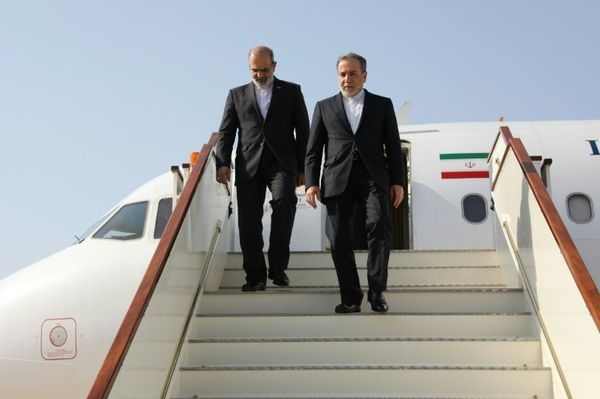It is almost a double whammy for the fishing sector. Union Finance Minister Nirmala Sitharaman, in the Union Budget presented on Tuesday, announced an Agriculture Infrastructure and Development Cess of ₹2.5 per litre on petrol and ₹4 per litre on diesel.
Kerosene price saw a double surge in February with which the fuel price went up by about ₹8 per litre. However, Food and Civil Supplies Minister G.R. Anil has said the State will continue to sell PDS (public distribution system) kerosene at the January price.
Fishers welcomed the State government decision. “Kerala government has made a statement with the decision not to hike PDS kerosene price.
However, the rise in petrol and diesel price through the cess is a big blow to the fishing sector,” said Charles George of the Matsya Thozhilali Aikya Vedhi, a union of fishers in the traditional sector.
Jackson Pollayil of the Kerala Swathanthra Matsya Thozhilali Federation said the fuel price hike would affect the fishing community in the midst of a lean season and poor landings.
Joseph Xavier Kalapurackal of the Kerala Mechanised Boat Owners’ Association said with the heating of the ocean waters, fish shoals are moving to deeper seas, which means trawling boats need to spend more time and fuel to catch fish.
With petrol and diesel price ruling over ₹100 a litre, fishing operations are becoming unviable. The fresh hike will break the back of the industry, he said.
Mr. George said Kerala should pressure the Centre to provide a special quota of kerosene for the fishing sector. The Centre must also provide kerosene subsidy for the fishing sector.
Over the years, the quantity of subsidised kerosene for the fishing sector has dipped. The requirement of the fishing sector is around 20,000 kl per month, But it receives around 12,000 kl every three months. The supply used to be 28,000 kl during the 2001-05 period. It fell to 18,500 kl in 2010, claimed Mr. George.
In the traditional sector, boats deploying engines with power up to 9.9 hp are eligible for 129 litres of subsidised kerosene per month. But not even a tenth of supplies are being received, Mr. George added.
Fish drought
With the lean season in, most traditional boats with in-board engines are anchored, he said. Their frustration stems from the fish-drought-like situation. The most popular fish both among fish-eaters and the fishing community, oil sardine landings have fallen from 3.99 lakh tonnes in 2012 to 13,500 tonnes in 2021.
Among maritime States, Kerala has the largest number of fishing vessels at an estimated 37,000, of which around 20,000 may be getting fuel subsidy, Mr. George added.







